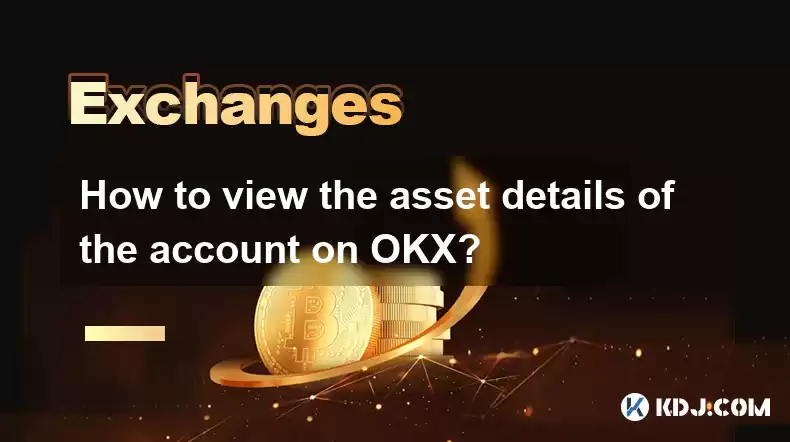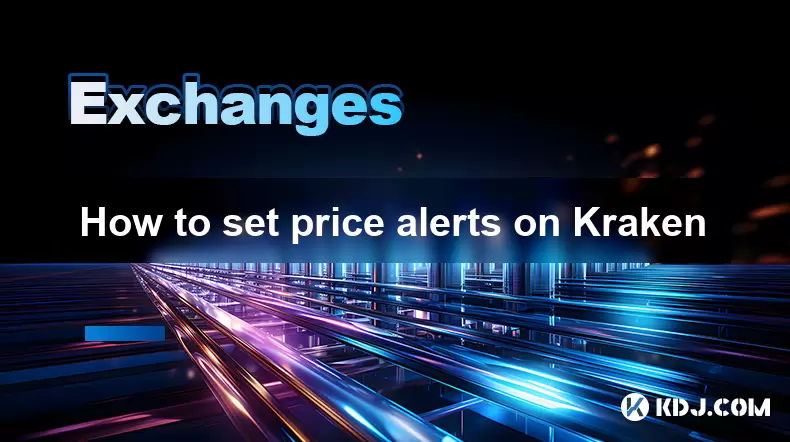-
 Bitcoin
Bitcoin $119600
0.72% -
 Ethereum
Ethereum $4175
-0.54% -
 XRP
XRP $3.207
0.44% -
 Tether USDt
Tether USDt $0.9997
-0.03% -
 BNB
BNB $795.8
-0.80% -
 Solana
Solana $178.4
-0.74% -
 USDC
USDC $0.9998
-0.01% -
 Dogecoin
Dogecoin $0.2273
-2.09% -
 TRON
TRON $0.3405
-0.28% -
 Cardano
Cardano $0.7864
-0.90% -
 Hyperliquid
Hyperliquid $44.43
1.35% -
 Chainlink
Chainlink $21.29
-0.96% -
 Stellar
Stellar $0.4411
0.55% -
 Sui
Sui $3.715
-2.92% -
 Bitcoin Cash
Bitcoin Cash $583.0
2.23% -
 Hedera
Hedera $0.2521
-2.12% -
 Ethena USDe
Ethena USDe $1.000
-0.05% -
 Avalanche
Avalanche $23.18
-1.96% -
 Litecoin
Litecoin $125.0
2.79% -
 Toncoin
Toncoin $3.311
-0.44% -
 UNUS SED LEO
UNUS SED LEO $8.996
-0.53% -
 Shiba Inu
Shiba Inu $0.00001305
-2.49% -
 Uniswap
Uniswap $10.60
-0.11% -
 Polkadot
Polkadot $3.910
-2.51% -
 Dai
Dai $0.9999
-0.03% -
 Cronos
Cronos $0.1640
2.00% -
 Ethena
Ethena $0.7932
4.93% -
 Bitget Token
Bitget Token $4.371
-1.10% -
 Monero
Monero $267.2
-1.09% -
 Pepe
Pepe $0.00001154
-3.46%
How to view the asset details of the account on OKX?
Securely log in to your OKX account to access your assets via the "Funds" or "Assets" page, viewing detailed transaction history and real-time valuations; remember to enable two-factor authentication.
Mar 19, 2025 at 09:07 pm

Key Points:
- Accessing your OKX account requires logging in securely.
- Asset details are primarily viewed on the "Funds" or "Assets" page.
- Different asset types (cryptocurrencies, fiat, etc.) might be displayed in separate sections.
- Detailed transaction history is available for auditing purposes.
- Understanding the displayed information requires familiarity with cryptocurrency terminology.
- Security measures, like two-factor authentication, protect your asset information.
How to View the Asset Details of Your Account on OKX?
Viewing your asset details on OKX is straightforward, but requires secure access to your account. First, you must log in to your OKX account using your registered email address or phone number and your password. Ensure you are using a secure connection to prevent unauthorized access. Remember to enable two-factor authentication (2FA) for enhanced security. This adds an extra layer of protection to prevent unauthorized logins and access to your assets.
Once logged in, navigating to your asset details typically involves finding a section labeled "Funds," "Assets," or something similar. The exact location might vary slightly depending on the platform's current design. Look for prominent menu options or icons related to your account balance or holdings. This is usually located in the top navigation bar or on the main dashboard.
Upon accessing the "Funds" or "Assets" page, you will find a detailed overview of your holdings. This usually includes a breakdown of different asset types. For example, you'll likely see separate sections for cryptocurrencies (like Bitcoin, Ethereum, etc.), fiat currencies (like USD, EUR, etc.), and potentially other asset classes supported by the exchange. Each section displays the quantity of each asset you own.
Each asset listing will typically show the amount you hold, usually expressed in the base unit of the cryptocurrency (e.g., 1.2345 BTC). Alongside this, you'll see its current market value, calculated using the exchange's live pricing data. This allows you to easily track the value of your portfolio in real-time. This real-time valuation is crucial for understanding your overall portfolio performance.
To view a detailed history of your transactions, look for a "Transaction History" or similar option within the "Funds" or "Assets" section. This will show a chronological record of all deposits, withdrawals, trades, and any other activities affecting your asset balances. Each transaction will typically display the date, time, asset involved, quantity, and transaction type. This comprehensive record provides a clear audit trail of all your account activity.
Understanding the information presented requires some familiarity with cryptocurrency terminology. You should understand terms like "balance," "available balance," "locked balance," and "pending deposits/withdrawals." The "available balance" represents the amount you can immediately trade or withdraw, while the "locked balance" might be funds involved in pending trades or orders. Understanding these terms is crucial for managing your assets effectively.
OKX, like most exchanges, provides different views depending on your preferences. Some users prefer a simple overview showing only the total value of their assets, while others prefer a more detailed view showing each asset individually. You can often customize these views to match your needs. The exchange typically provides options to sort and filter your assets by name, value, or other criteria. This allows for a personalized experience.
Security is paramount when handling your cryptocurrency assets. OKX employs various security measures to protect your account and assets. Besides 2FA, this may include IP whitelisting, email verification for withdrawals, and other security protocols. Always be cautious of phishing attempts and never share your login credentials or security codes with anyone.
Regularly reviewing your asset details is a crucial part of responsible cryptocurrency management. Checking your balances and transaction history helps you stay informed about your holdings and identify any potential discrepancies or unauthorized activity. This proactive approach can help prevent potential losses and maintain control over your assets.
Frequently Asked Questions:
Q: What if I can't find my assets on OKX?
A: Double-check your login details. If you still can't find them, contact OKX customer support for assistance. They can help investigate potential issues with your account.
Q: How often is the market value of my assets updated?
A: The market value is typically updated in real-time, reflecting the current market prices on the exchange.
Q: Can I download my transaction history?
A: Most exchanges, including OKX, allow you to download your transaction history in a common format (like CSV) for record-keeping purposes. Check your account settings for this option.
Q: What does "locked balance" mean?
A: A "locked balance" refers to funds that are temporarily unavailable for trading or withdrawal because they are involved in pending orders, trades, or other processes.
Q: My asset details are showing incorrect information. What should I do?
A: Immediately contact OKX support. Incorrect asset information requires immediate attention to prevent potential issues. Provide screenshots and relevant details to help them resolve the issue.
Q: How secure is my asset information on OKX?
A: OKX employs various security measures, including 2FA and other security protocols, to protect user assets. However, remember that no system is entirely foolproof, and you should always practice good security habits.
Disclaimer:info@kdj.com
The information provided is not trading advice. kdj.com does not assume any responsibility for any investments made based on the information provided in this article. Cryptocurrencies are highly volatile and it is highly recommended that you invest with caution after thorough research!
If you believe that the content used on this website infringes your copyright, please contact us immediately (info@kdj.com) and we will delete it promptly.
- DYDX Price Stays Afloat: Navigating Neutral Momentum with Technical Indicators
- 2025-08-11 20:50:12
- Superman Takes Flight: A Deep Dive into the Comic Program and Coin Medals
- 2025-08-11 20:30:12
- JasmyCoin's Bullish Momentum: Riding the Daily Gain Wave
- 2025-08-11 21:10:12
- Shiba Inu's Comeback Trail and the Meme Coin Mania: Can $SHIB Deliver a 12,000x Return?
- 2025-08-11 18:30:11
- Proof of Trust, Transparency, and User Safety: Keeping Crypto Real
- 2025-08-11 18:50:12
- Pudgy Penguins, Bitcoin Penguins, and the $22M Meme Coin Mania: A New York Perspective
- 2025-08-11 17:10:11
Related knowledge

How to use margin trading on Poloniex
Aug 08,2025 at 09:50am
Understanding Margin Trading on Poloniex

How to read the order book on KuCoin
Aug 10,2025 at 03:21pm
Understanding the Order Book Interface on KuCoinWhen accessing the order book on KuCoin, users are presented with a real-time display of buy and sell ...

How to set price alerts on Kraken
Aug 11,2025 at 08:49pm
Understanding Price Alerts on KrakenPrice alerts on Kraken are tools that allow traders to monitor specific cryptocurrency pairs for price movements. ...

How to use advanced trading on Gemini
Aug 08,2025 at 04:07am
Understanding Advanced Trading on GeminiAdvanced trading on Gemini refers to a suite of tools and order types designed for experienced traders who wan...

How to use advanced trading on Gemini
Aug 08,2025 at 10:56pm
Understanding Advanced Trading on GeminiAdvanced trading on Gemini refers to the suite of tools and order types available on the Gemini ActiveTrader p...

How to get my API keys from KuCoin
Aug 08,2025 at 06:50pm
Understanding API Keys on KuCoinAPI keys are essential tools for users who want to interact with KuCoin's trading platform programmatically. These key...

How to use margin trading on Poloniex
Aug 08,2025 at 09:50am
Understanding Margin Trading on Poloniex

How to read the order book on KuCoin
Aug 10,2025 at 03:21pm
Understanding the Order Book Interface on KuCoinWhen accessing the order book on KuCoin, users are presented with a real-time display of buy and sell ...

How to set price alerts on Kraken
Aug 11,2025 at 08:49pm
Understanding Price Alerts on KrakenPrice alerts on Kraken are tools that allow traders to monitor specific cryptocurrency pairs for price movements. ...

How to use advanced trading on Gemini
Aug 08,2025 at 04:07am
Understanding Advanced Trading on GeminiAdvanced trading on Gemini refers to a suite of tools and order types designed for experienced traders who wan...

How to use advanced trading on Gemini
Aug 08,2025 at 10:56pm
Understanding Advanced Trading on GeminiAdvanced trading on Gemini refers to the suite of tools and order types available on the Gemini ActiveTrader p...

How to get my API keys from KuCoin
Aug 08,2025 at 06:50pm
Understanding API Keys on KuCoinAPI keys are essential tools for users who want to interact with KuCoin's trading platform programmatically. These key...
See all articles

























































































